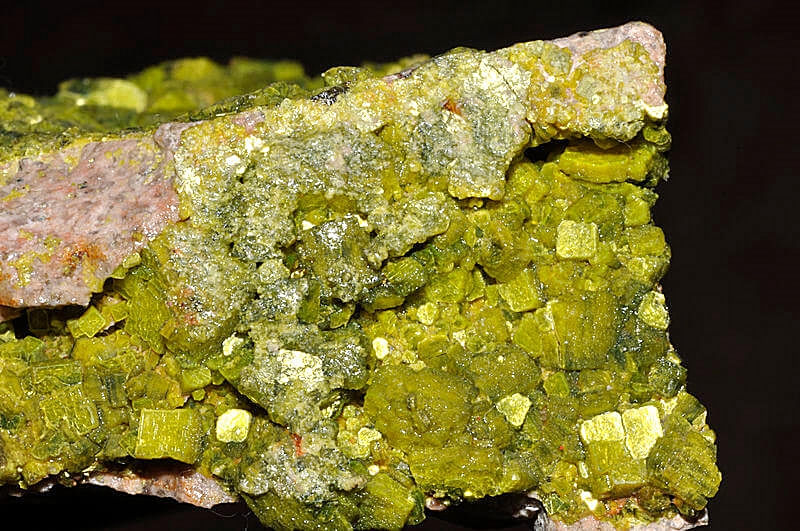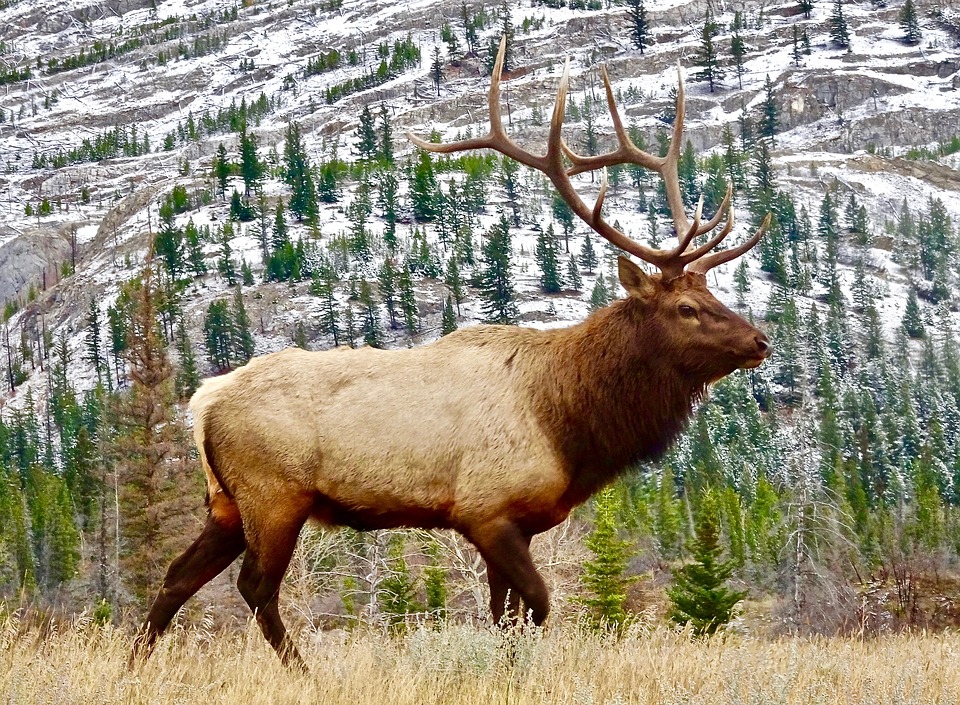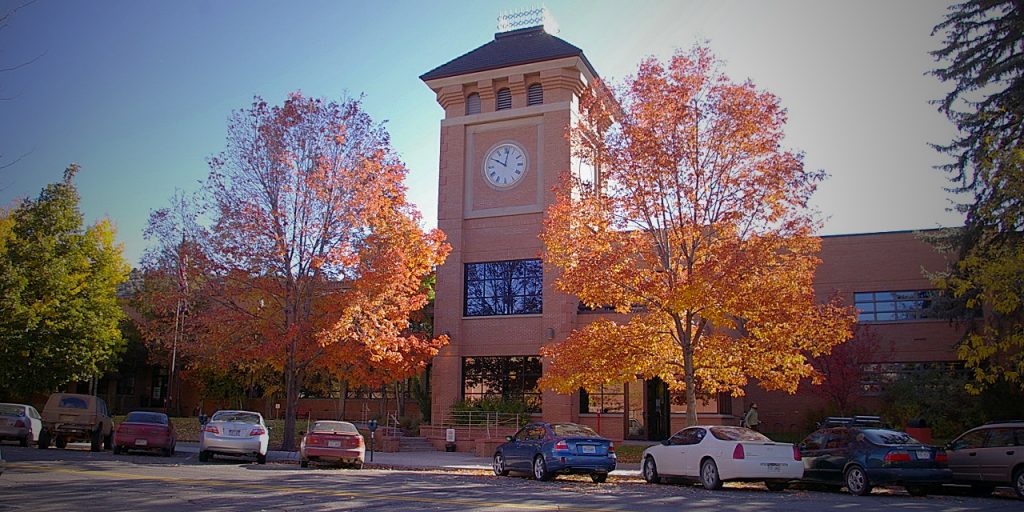Unfortunately, her agreement to sell those 71 claims for $200,000 were dashed in early 2012, when Secretary of the Interior Salazar withdrew over a million acres of federal land from mining. She may not sell her claims, nor may she develop her other claims, or explore for and stake other valuable uranium claims.
By William Perry Pendley
Mountain States Legal Foundation News Release
Colorado Woman Asks Supreme Court to Restore Her Valuable Mining Rights
Nobel Peace Prize co-winner and international uranium expert planned that her Arizona mining claims would be her retirement nest egg until they were seized by the Obama administration.
DENVER, CO. (March 9, 2018) A Colorado geologist with an international reputation had her dreams of remuneration for years of hard work searching for elusive valuable mineral deposits in the scorching heat of northern Arizona dashed by the Obama administration. Today, as a member of the American Exploration & Mining Association (AEMA), she urged that the Supreme Court of the United States reverse a ruling by the U.S. Court of Appeals for the Ninth Circuit in hopes of regaining her properties.
Dr. Karen Wenrich graduated from 3 years of high school in Wiesbaden, Germany, after spending her childhood being moved around the U.S. by a father who was a colonel in the Air Force (a hump pilot during WWII and later a lawyer in the JAG for the Air Force). Climbing rocks as a child in the West was a way of life, which stimulated an interest in geology. She set roots down at Penn State where she received a scholarship, assistantship, and then a fellowship; after 9 years, she left Penn State with a B.S., M.S., and Ph.D. in geology/volcanology to return to Colorado for a 25-year career with the U.S. Geological Society. From 2002-2005, Dr. Wenrich worked with diplomatic status for the International Atomic Energy Agency in Vienna, Austria, as its senior uranium geologist in charge of studying worldwide uranium resources and thus contributed to the work that earned the agency its 2005 Nobel Peace Prize. She has published over 175 papers.
Over the years, Dr. Wenrich located, delineated, and developed high-grade uranium deposits in northern Arizona where, after investing more than $100,000, she staked 71 mining claims with joint interest in another 94 claims. Unfortunately, her agreement to sell those 71 claims for $200,000 were dashed in early 2012, when Secretary of the Interior Salazar withdrew over a million acres of federal land from mining. She may not sell her claims, nor may she develop her other claims, or explore for and stake other valuable uranium claims.
Dr. Wenrich is a member of the AEMA, a 123-year-old nonprofit, non-partisan mining trade association with thousands of members, which, represented by Mountain States Legal Foundation, challenged the withdrawal of the nation’s highest-grade uranium deposits as violating the Federal Land Policy and Management Act (FLPMA). The AEMA argued that Congress only authorized large withdrawals if the action survived a “legislative veto” and, because such “vetoes” are unconstitutional, the authorization for withdrawals exceeding 5,000 acres fails as well. An Arizona federal district court disagreed. The Ninth Circuit concluded that Congress was bent on providing withdrawal authority to the Secretary.
“The three-judge panel could not have been more wrong when it asserted a purported desire by Congress to grant the Executive power to close federal land to lawful uses,” said William Perry Pendley of MSLF. “The entire history of the passage of FLPMA shows Congress specifically intended to limit the Executive’s authority to withdraw large tracts of land. By ignoring this history, the panel essentially granted the Executive unbridled authority to lock-up federal lands from lawful uses such as mining to the detriment of people like Dr. Wenrich.”
History of the case (Mountain States Legal)
The Arizona Strip, which lies north of the Colorado River in northern Arizona, is bordered to the south by the northern rim of Grand Canyon National Park. In the 1984 Arizona Wilderness Act, Congress designated 250,000 acres of federal land on or near the Arizona Strip as wilderness and released 600,000 acres of land in the same area for multiple use, including uranium mining, as a result of an historic compromise among environmental groups, uranium mining interests, the livestock industry, and others.
In July 2009, Secretary Salazar proposed to withdraw from operation of the General Mining Law 633,547 acres of BLM lands and 360,002 acres of National Forest lands in the Arizona Strip for up to 20 years to “protect the Grand Canyon watershed from adverse effects of locatable hardrock mineral exploration and mining.”
In February 2011, the BLM issued a Draft Environmental Impact Statement (DEIS) regarding the proposed withdrawal in response to which the NWMA filed comments noting that uranium mining is not a threat to the environment of the Grand Canyon or the Colorado River watershed, given the scores of state and federal laws enacted to protect those resources.
In June 2011, Secretary Salazar issued an emergency withdrawal of the lands; in October 2011, the BLM issued a Final Environmental Impact Statement (FEIS); and, in January 2012, Secretary Salazar issued an order withdrawing over one million acres of federal land from operation of the General Mining Law for 20 years. On March 6, 2012, MSLF filed a complaint on behalf of the NWMA asserting that Secretary Salazar’s closure of lands managed by both the U.S. Forest Service and the Bureau of Land Management (BLM) in the “Arizona Strip,” violates the Federal Land Policy and Management Act (FLPMA), the National Forest Management Act (NFMA), and the National Environmental Policy Act (NEPA).
On June 1, 2012, the Secretary moved to dismiss for lack of standing. On July 19, 2012, the NWMA filed an opposition to the Secretary’s motion to dismiss and on August 16, 2012, the Secretary filed a reply. On August 20, 2012, the district court consolidated the NWMA case with three other cases challenging the Secretary’s withdrawal. On October 26, 2012, oral arguments were held on the pending motions to dismiss in all four cases. On January 8, 2013, the district court ruled that the NWMA had Article III standing to challenge the withdrawal, but lacked prudential standing to pursue its NEPA claims.
On January 18, 2013, the NWMA moved for partial summary judgment on its constitutional claim, arguing that the Secretary lacked the authority to make such a large withdrawal because the relevant statutory provision contained an unconstitutional legislative veto. On February 8, 2013, the Secretary filed a cross-motion for summary judgment. On March 1, 2013, the district court heard oral arguments and, on March 20, 2013, granted summary judgment in favor of the Secretary holding that, while the legislative veto provision is unconstitutional, it is severable from the statute. On April 3, 2013, two other plaintiffs filed a motion for reconsideration to which the NWMA filed a joinder. On May 16, 2013, the district court denied the motion for reconsideration.
On June 12, 2013, the NWMA filed a motion for final judgment on its seventh claim for relief pursuant to Rule 54(b) in the Federal Rules of Civil Procedure arguing that the Secretary exceeded his authority in withdrawing over 5,000 acres to permit the NWMA to appeal immediately to the Ninth Circuit. On July 1, 2013, the Secretary filed a response in opposition to the motion for final judgment. On July 8, 2013, the NWMA filed its reply. On July 12, 2013, the district court denied the motion for final judgment.
On December 6, 2013, the NWMA filed a motion for summary judgment on its remaining claims. On January 1, 2014, NWMA changed its name to American Exploration & Mining Association (AEMA). On February 20, 2014, the Secretary filed a cross-motion for summary judgment and an opposition to AEMA’s motion for summary judgment. On March 6, 2014, environmental intervenors filed a cross-motion for summary judgment and an opposition to AEMA’s motion for summary judgment. On April 30, 2014, AEMA filed its response/reply. On June 6, 2014, the Secretary filed a reply.
On September 9, 2014, the court held oral argument on the motions for summary judgment. On September 30, 2014 the district court denied AEMA and the other plaintiffs’ motions for summary judgment and granted the Secretary’s motions for summary judgment. AEMA and the other plaintiffs timely appealed the district court’s judgment to the Ninth Circuit. On December 15, 2014, the appeals were consolidated.
On April 10, 2015, AEMA filed its opening brief at the U.S. Court of Appeals for the Ninth Circuit. On August 19, 2015, the Secretary filed a response brief. On September 3, 2015, the environmental intervenors filed their response brief. On October 22, 2015, AEMA filed its reply brief. On December 15, 2016, MSLF appeared before a Ninth Circuit panel in San Francisco on behalf of AEMA. On December 12, 2017, a panel of the U.S. Court of Appeals for the Ninth Circuit upheld the rulings of the Arizona federal district court.
Free Range Report
Thank you for reading our latest report, but before you go…
Our loyalty is to the truth and to YOU, our readers!
We respect your reading experience, and have refrained from putting up a paywall and obnoxious advertisements, which means that we get by on small donations from people like you. We’re not asking for much, but any amount that you can give goes a long way to securing a better future for the people who make America great.
[paypal_donation_button]
For as little as $1 you can support Free Range Report, and it takes only a moment.



